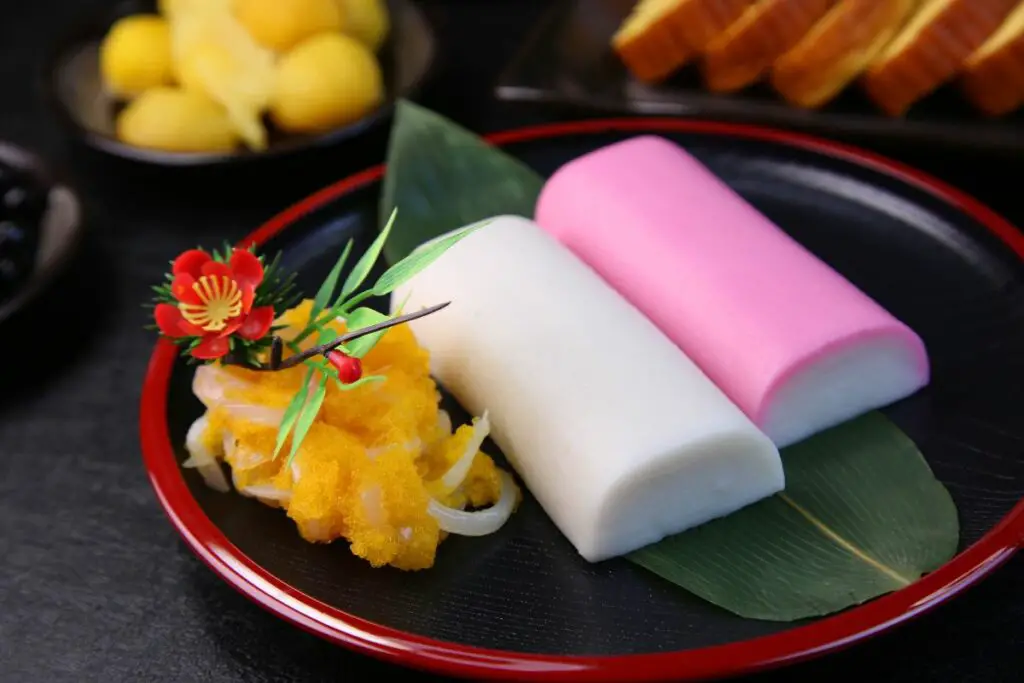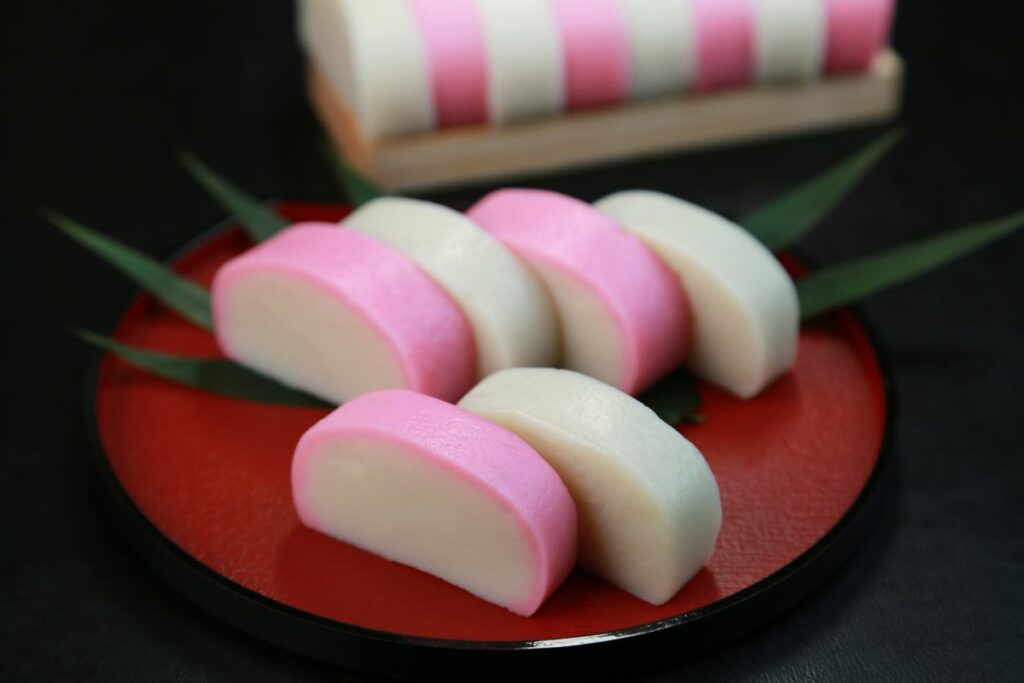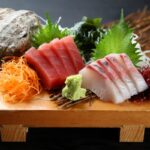Japanese cuisine has some of the most colorful and impressive dishes in the world. A lot of the food you’ll find in Japan is unique to the country and can be very difficult to find in other parts of the world.
If you’ve ever gone to a Japanese restaurant, it’s likely that there are a lot of ingredients you’ll have to ask about or look out for, and this is one of the reasons why Japanese cuisine is such an adventure.

You may have heard of Kamaboko before – but what exactly is it? This is a type of food you don’t often find in the west, so it makes sense you’d be wondering what it is. If you find yourself wanting to know – don’t panic! You’re in the right place!
In this article, we’re going to be telling you everything you’ll need to know about Kamaboko – what it is, where it comes from, and what dishes it’s best for! We’ve also included a short FAQ to help answer any related questions you might have at the end.
Kamaboko
Kamaboko is a type of Japanese food that is essentially processed seafood. It is usually created by molding different types of deboned, pureed white fish (also known as surimi, which translates to ‘ground meat) with other ingredients. Kamaboko is usually steamed until it is safe to eat and firm enough to cut.
Whilst white fish might be the common ingredient in a lot of popular types of kamaboko, it’s only one of many different seafood ingredients that are used. Some places also use either crab (see also, ‘What is Kanimama?‘), lobster, or any of a huge variety of different fish.
You might be wondering what the main use of kamaboko is – but the options are fairly open. It is sometimes eaten on its own, sold in small quantities or as loaves, but it is also a key part of lots of different types of Japanese food.
A good example of this and probably one of the best-known versions of kamaboko is narutomaki. This type of kamaboko is white with a small pink swirl in the middle, and it is often used to top certain ramen dishes. It’s well known because it’s where the famous anime character ‘Naruto’ gets his name.
History Of Kamaboko
It’s suspected that the Kamaboko appeared somewhere around the Heian period of Japanese history, which would put it somewhere around 1115AD, though it might be a lot older than that.
That said, there is a general story that people often link to the origin of this unique food. It describes how kamaboko was served as a special dish at a commemorative dinner that was dedicated to the very first minister of Japan.
However, before the advent of certain types of manufacturing technology, it would have been much more difficult to make. It’s only in the modern era that kamaboko has become easy to mass produce and distribute across Japan and other parts of the world.
Today you’ll find that there is a day dedicated to Kamaboko. It’s on November 15th and was first established in 1983.
Types Of Kamaboko

There are lots of different types of kamaboko and we’re going to take you through some of them here.
- White kamaboko: One of the most famous kinds of kamaboko and you’ll find it quite often. It is steamed and usually made with white fish.
- Red kamaboko: This is probably the most popular kind of kamaboko in Japan and it’s very usually added to ramen dishes (see also, ‘What is the Most Popular Meal for Christmas in Japan?‘). It is also steamed, and is a classic food served for certain celebratory or holiday meals (see also ‘Does Japan Celebrate Thanksgiving?‘).
- Kobu Maki kamaboko: this is a type of kamaboko that usually has a small layer of kelp inside. This gives it a unique seafood taste and is one of the more expensive types of kamaboko that you’ll find available.
- Sasa kamaboko: This is a type of kamaboko that is a specialty of Miyagi, and resembles a bamboo loaf design.
- Kani kamaboko: This is usually made with imitation crab and is a very common aspect of certain types of sushi rolls (see also ‘What Goes Well with Sushi?‘).
Final Thoughts
So there you have it! Kamaboko is a type of condensed Japanese fish cake that is very popular in the country. There isn’t one exact kind of Kamaboko and there are lots of different versions that are used for different purposes, and that consist of different ingredients.
Whether you’ll like kamaboko or not is going to be down to your own personal taste, but it’s definitely worth trying if you ever get the opportunity.
We hope that this article has given you some insight into what kamaboko is and what it’s used for. If you still have some questions, make sure to keep reading for our extensive Frequently Asked Questions section.
Frequently Asked Questions
What Is Imitation Crab?
Imitation crab is usually made of surimi, which can be defined as a paste that is made out of either crushed or shredded fish. This causes the texture and taste to be something similar to crab and can be a great alternative, especially if the person in question has certain food allergies.
How Is Kamaboko Used In Ramen?
You’ll often find a slice of kamaboko placed ontop of lots of different ramen dishes, most commonly for udon or soba. In a way you can think of it as garnish, and these ramen dishes are usually topped with just one or two pieces.
What Does Kamaboko Taste Like?
This can depend on the type of kamaboko that you’re consuming, but generally they have a soft, sweet taste. They do taste like fish but it’s hard to compare them to other food products.
What Is Chikuwa?
Chikuwa is fairly similar to kamaboko, only it’s fried rather than steamed. It’s slightly less popular than some of the other similar food types. There are multiple different regional versions of chikuwa.








